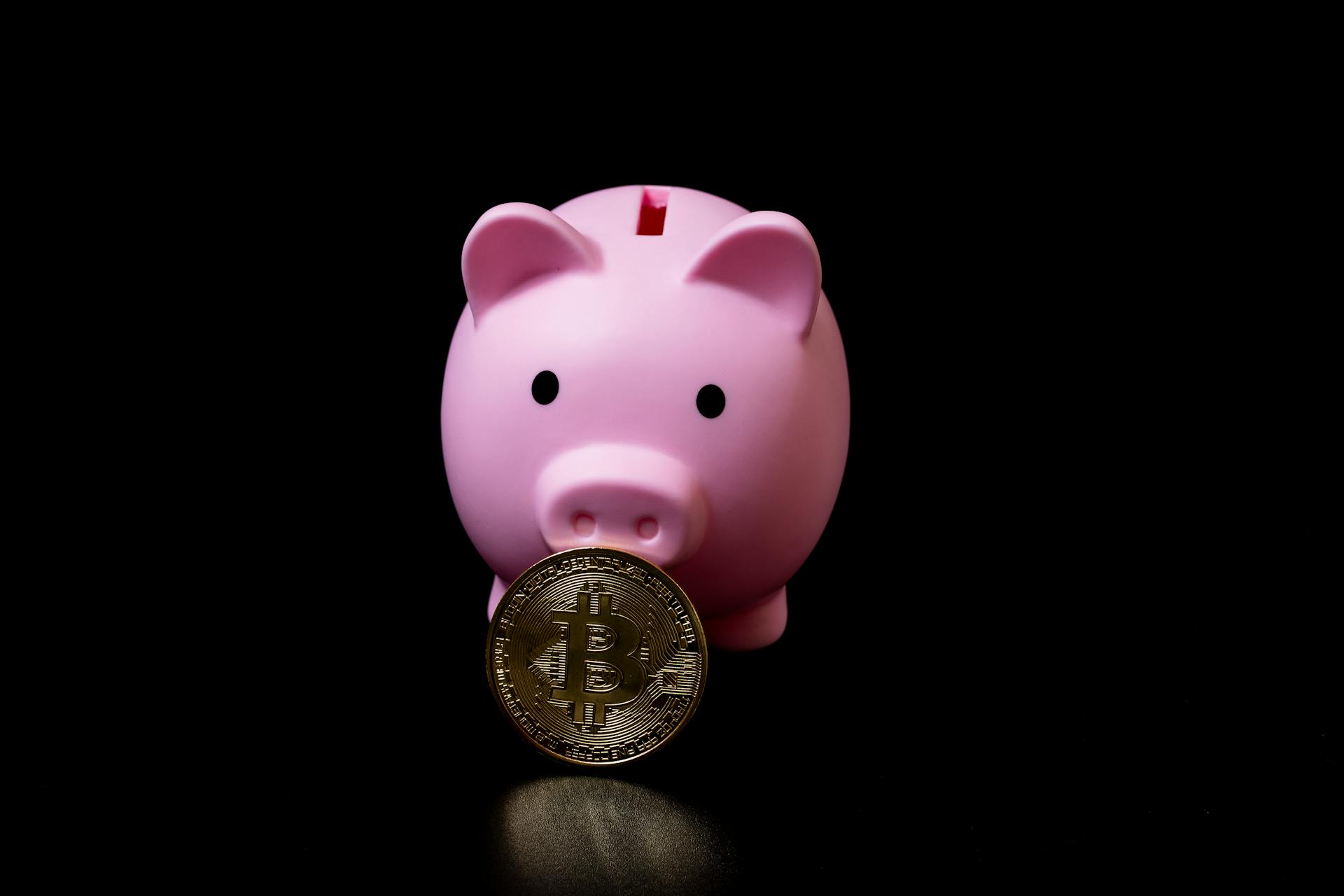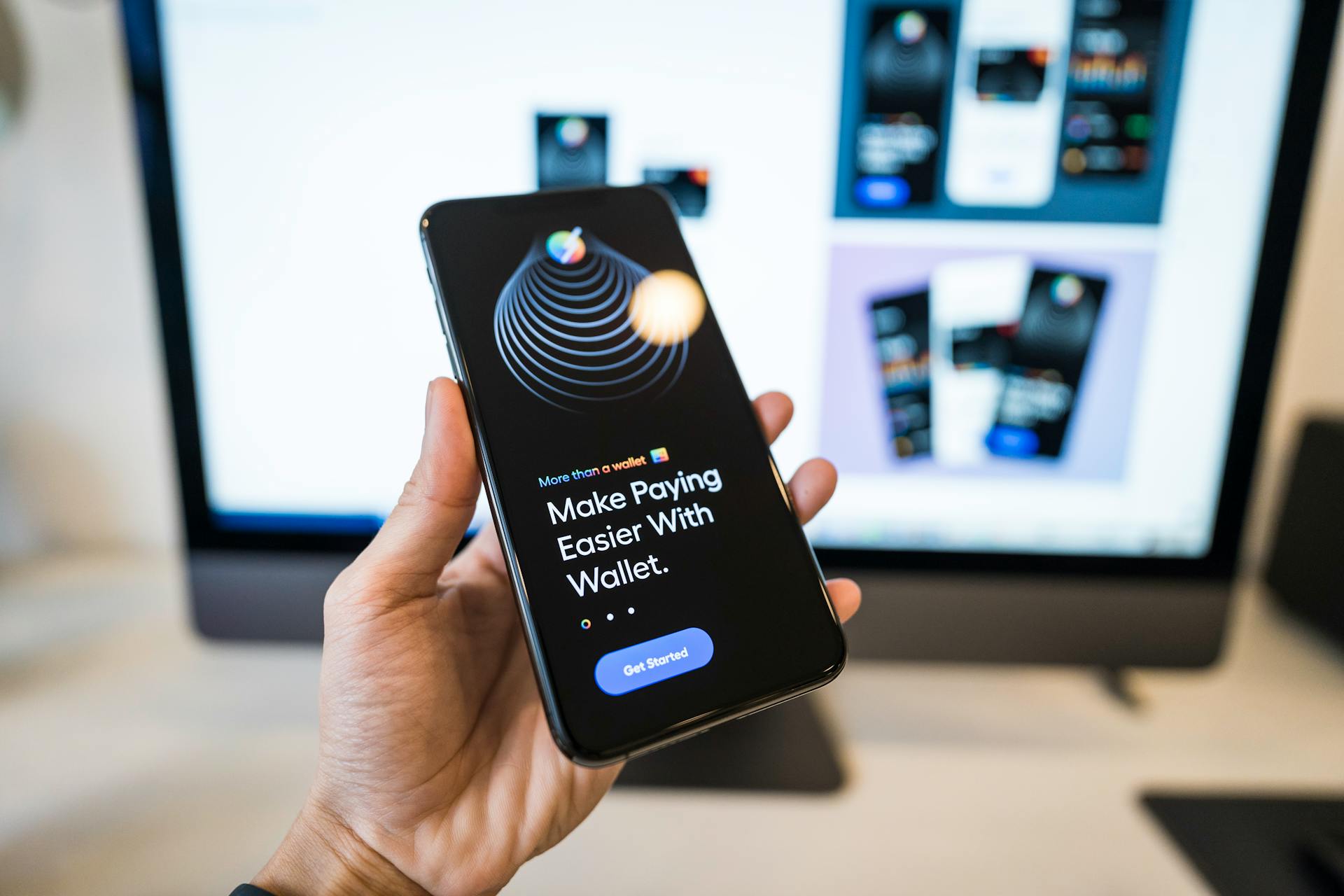
To set up a digital wallet, you'll need a smartphone or tablet with a compatible operating system, such as iOS or Android. Most digital wallets are available as mobile apps.
First, choose a digital wallet that suits your needs, such as Apple Pay, Google Pay, or Samsung Pay. Each has its own features and compatibility.
Next, download and install the digital wallet app from the App Store or Google Play Store. Make sure to follow the prompts and agree to the terms and conditions.
Once the app is installed, you'll need to add a payment method, such as a credit or debit card. This information will be stored securely within the app.
Expand your knowledge: Can You Add a Venmo Card to Apple Pay
What Is an Example?
Let's take a look at an example of a digital wallet in action. Google Pay is a popular digital wallet that allows users to store their credit or debit card information securely.
You can use Google Pay to make purchases online or in-store by simply tapping your phone on a contactless payment terminal.
Related reading: Is Apple Pay a Digital Wallet
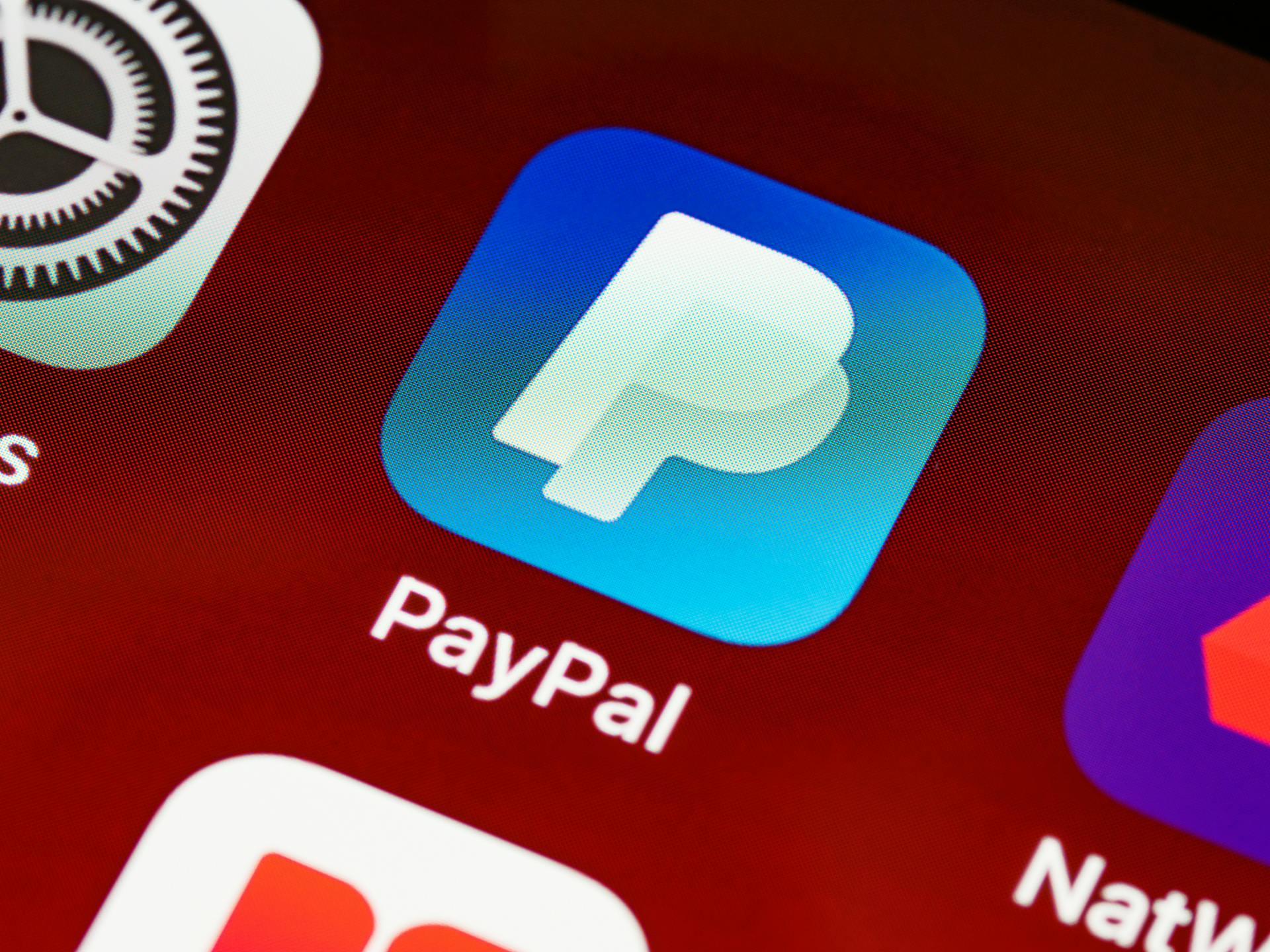
A digital wallet like Google Pay uses tokenization to replace sensitive card information with a unique token, keeping your actual card details safe.
This means you can make transactions without having to physically insert your card or enter your card details every time.
With Google Pay, you can also store loyalty cards, offers, and other types of passes, making it a convenient one-stop-shop for all your payment and loyalty needs.
To set up Google Pay, you'll need a compatible Android device and a Google account.
Recommended read: Google Pay Send Money to Friend
Creating a Digital Wallet
Creating a digital wallet is surprisingly easy, and it's a crucial step in managing your online transactions. To start, you'll need to select a reliable wallet provider, such as Exodus, Electrum, or Trust Wallet.
You can download the wallet app to your phone or computer, but make sure to get it from the official app store or the wallet provider's website to avoid downloading malicious software.
Readers also liked: Digital Banking App
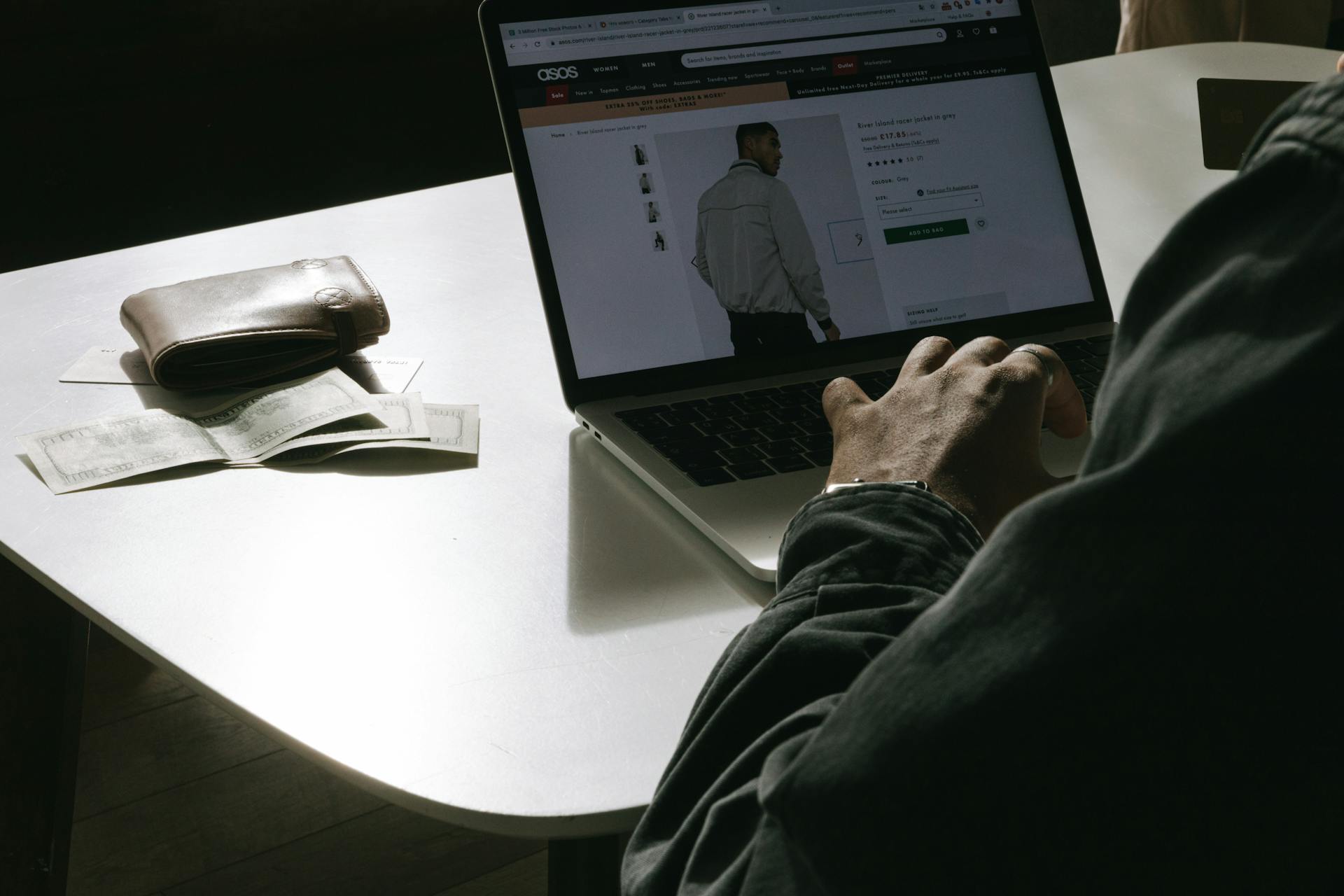
To create an account, you'll need to fill in basic information like your name, email address, and a strong password. Some wallet apps may also require you to complete an identity verification process, which involves submitting a government-issued ID and a selfie.
Here are some popular digital wallet options:
Once you've set up your account, you can transfer assets into your wallet by obtaining the wallet address and using it to send the assets to it. Some wallets also support QR codes that can be scanned to facilitate the transfer.
Create a
Creating a digital wallet is surprisingly easy. Just follow these steps:
To start, you'll need to select a reliable wallet provider, such as Exodus, Electrum, or Trust Wallet. These wallets have unique features and security protocols, so it's essential to conduct thorough research before making a decision.
Once you've chosen a wallet, download the app to your phone or computer from the official app store or the wallet provider's website. This ensures you can access your crypto assets whenever you need to.
For more insights, see: Load Cash App Card at Cvs
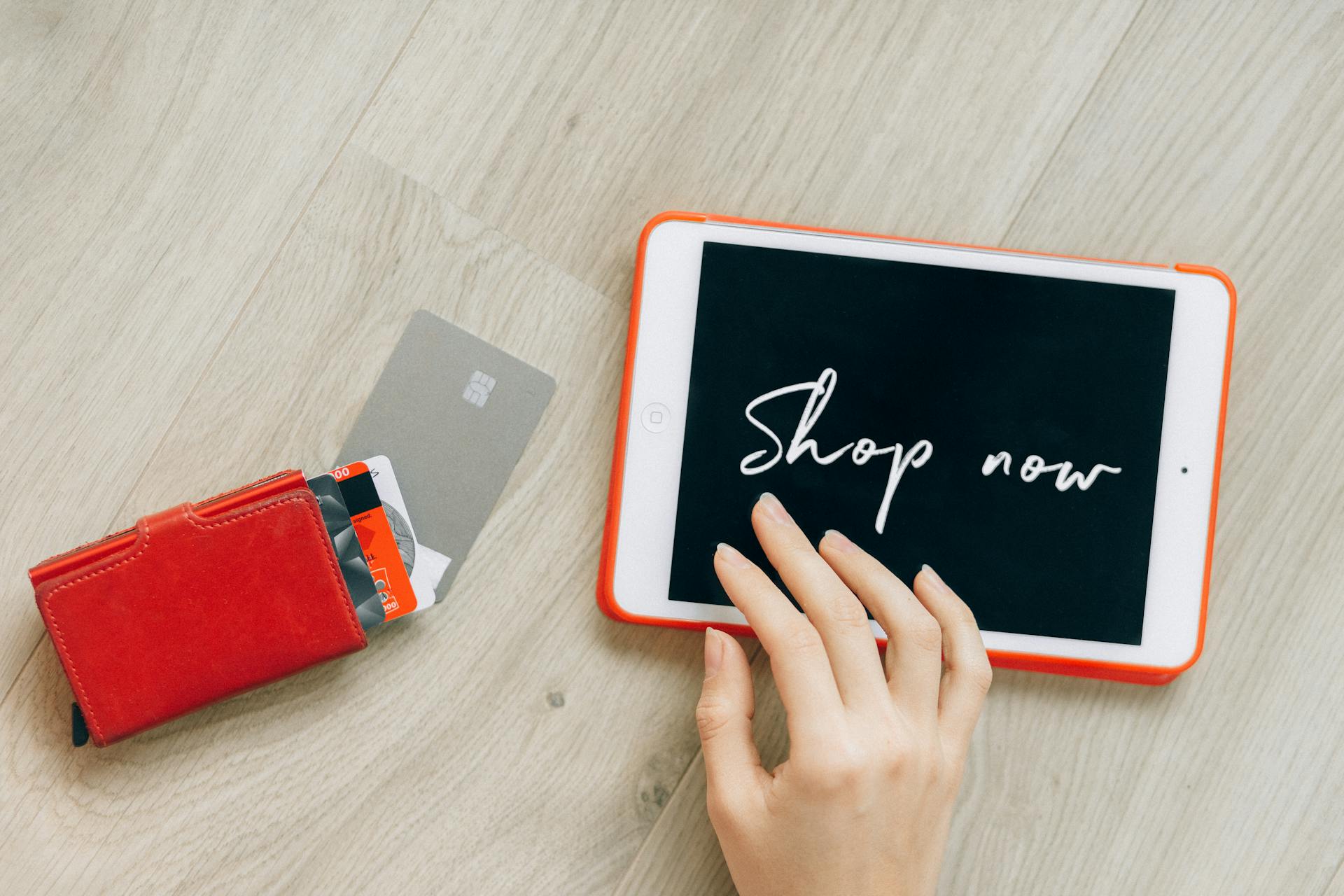
Next, create an account by filling in basic information like your name, email address, and a strong password. Some wallet apps may also require identity verification, which involves submitting a government-issued ID and a selfie.
To fund your wallet, you'll need to obtain the wallet address and use it to send assets to it. Some wallets also support QR codes that can be scanned to facilitate the transfer.
Here's a brief overview of the steps:
- Select a wallet provider
- Download the app
- Create an account
- Fund your wallet
Note: You don't necessarily need a digital wallet, but they offer a convenient way to pay for purchases without carrying credit and debit cards.
Create a Interface
Creating a user interface (UI) for your digital wallet is crucial, as 52% of users think a poor mobile experience causes them to lose trust in an app. This is why it's so important to hire a professional UX/UI designer.
Your UI should be intuitive and easy to use, allowing users to quickly access their account information, make payments, and transfer funds. Consider using a minimalist design with clear, easy-to-understand icons and buttons, as this can greatly improve the user experience.
Define Your Goals
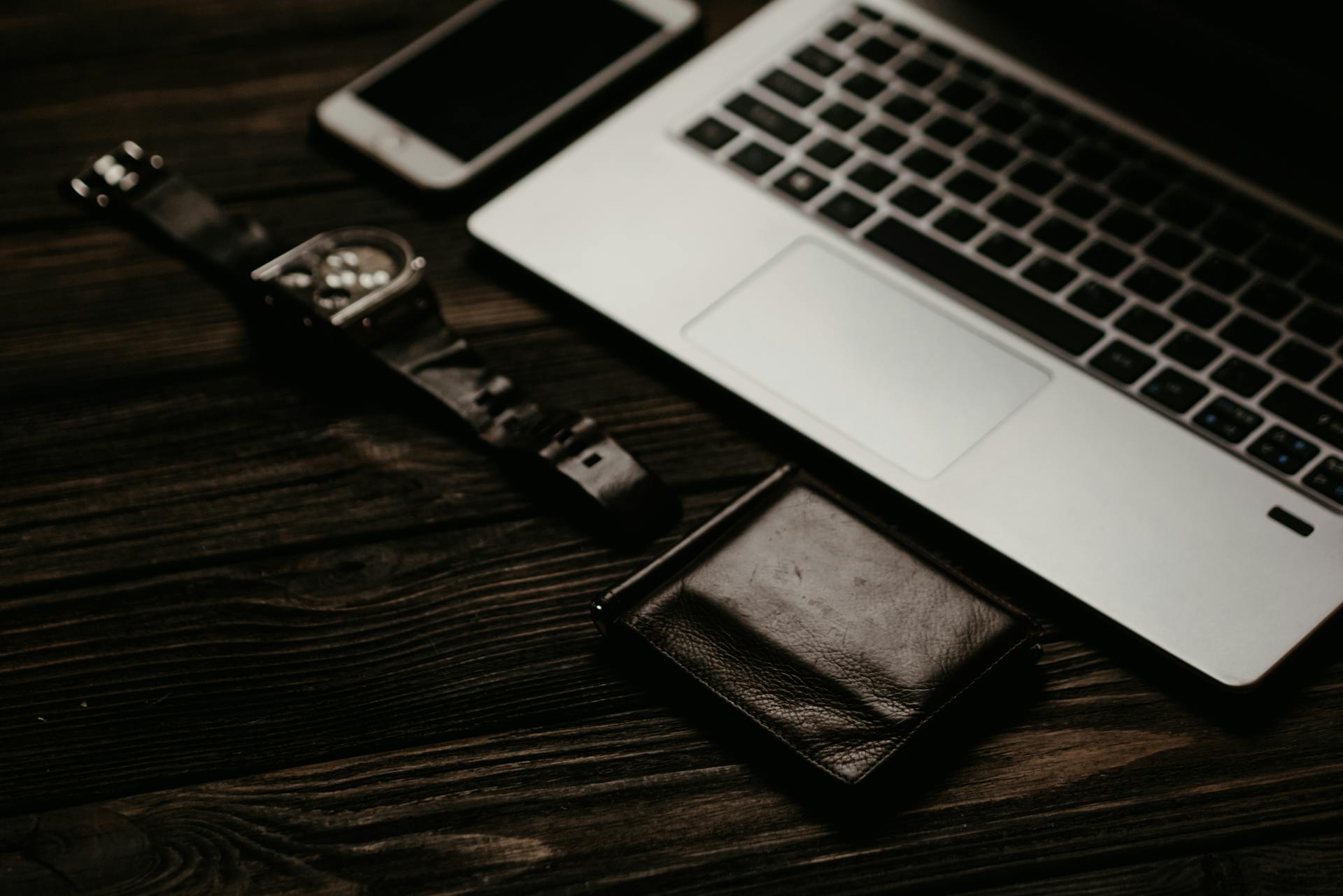
Defining your goals is a crucial step in creating a digital wallet. It's essential to understand the purpose of your digital wallet.
To determine the purpose, ask yourself: what problem do you want to solve with your digital wallet? Will it allow users to store multiple currencies, make payments to merchants, and transfer money to other users? This will help you determine the features you need to include.
Here are some key considerations to keep in mind:
- What is the purpose of your digital wallet?
- Who is the target audience?
- What features will it have?
Understanding your goals and features will help you determine the technologies and resources needed to build your digital wallet.
Work?
Digital wallets rely on your phone's existing wireless capabilities, such as Bluetooth and WiFi, to transmit payment information.
The merchant's payment terminal is designed to read these signals to receive money when you pay with your mobile device.
Modern digital wallets use several types of technology to accomplish this connectivity, including the types mentioned earlier.
Digital wallets rely on these technologies to securely transmit your payment information to the merchant's terminal.
This connection is instant, allowing for fast and convenient payments.
On a similar theme: Digital Wallet Types
Setting Up a Digital Wallet
To set up a digital wallet, you'll need to download a mobile app, such as Apple Pay, Google Pay, or Samsung Pay, which are compatible with your phone and accepted at most retailers.
First, select a digital wallet provider that meets your needs, considering factors such as compatibility with your phone and the company's security reputation. Apple Pay is a popular option, but it's only available on iOS devices.
You'll then need to integrate payment gateways into your digital wallet, such as PayPal, Stripe, or Braintree, which allow users to make payments using their credit card, debit card, or bank account.
Related reading: How Do I Use Digital Wallet on My Phone
Opening an Account
To open a digital wallet account, you'll need to select a wallet provider that suits your needs. This is the first step in setting up a digital wallet.
You'll have three options to choose from: software, hardware, or paper wallets. Each type has its own unique characteristics, so it's essential to research and compare them before making a decision.
To create a wallet account, you'll need to provide personal information, such as your full name, email address, phone number, and home address. This is necessary to comply with anti-money laundering (AML) and know-your-customer (KYC) regulations.
You can use your digital wallet to make purchases, withdraw funds, and transfer money to others. This is especially convenient when shopping online or traveling abroad.
Here are the specific personal details you'll need to provide to open a crypto wallet account:
- Full name
- Email address
- Phone number
- Home address
With your digital wallet account set up and funded, you'll be ready to start using it to make purchases, transfer money, and more.
Add Payment Info
Adding payment information to your digital wallet is a crucial step in getting started. You can usually add multiple payment methods, which means you can use the same technology for both credit and debit card payments.
To add your payment information, the app itself should prompt you regarding the next steps. This undertaking usually means adding your payment information or other important details.
You can add your payment information by linking your credit card, debit card, or bank account. Businesses can even link up loyalty membership rewards to encourage repeat customers.
Digital wallets like Google Pay allow users to deposit funds directly into their accounts or add a credit card, debit card, or bank account. You can also link your PayPal account for added convenience.
Here are some common payment methods you can add to your digital wallet:
- Credit card
- Debit card
- Bank account
- PayPal
It's essential to ensure that your digital wallet is secure and reliable, as users will be entrusting their financial information to your digital wallet.
Download the App
To set up a digital wallet, you'll first need to download the wallet app. Depending on your device, you may already have a digital wallet app downloaded.
Apple Pay, for example, comes pre-installed on iPhones, so you're all set. Otherwise, you'll need to download the digital wallet app from the appropriate app store or website.
Make sure to read the fine print, as some digital wallet apps may have terms and conditions that can lead to unexpected fees. While most of these apps are free, some may come with a price tag.
Organization
Setting up a digital wallet can be a game-changer for keeping your financial life organized.
A digital wallet keeps all of your cards organized, from credit and debit cards to gift cards and loyalty cards.
With a digital wallet, you can easily access and manage your cards, making it a breeze to make payments and track your expenses.
You can store multiple cards in one place, eliminating the need to carry a bulky wallet or purse.
This makes it perfect for traveling or running errands, where you may not have space for a physical wallet.
Digital wallets also often come with features like automatic card updates and reminders for expired or expiring cards.
Select Your
First, decide on which digital wallet to use. Consider whether the app is compatible with your phone, as some digital wallets like Apple Pay are only available on iOS devices.
Think about whether the app is accepted at most retailers, and research the company's security reputation to ensure your financial information is safe.

Some popular digital wallets include Apple Pay, which is one of the most widely accepted digital wallets, but you'll need to weigh the pros and cons of different providers.
Here are some factors to consider when selecting a digital wallet:
- Compatibility with your phone
- Acceptance at most retailers
- Security reputation of the company
Ultimately, the right digital wallet for you will depend on your individual needs and preferences.
Samsung
Samsung offers a digital wallet solution called Samsung Wallet, formerly known as Samsung Pay. This app allows users to store various types of cards and records.
You can store gift cards, membership cards, and even vaccination records in Samsung Wallet. The app also supports mobile purchases, making it convenient for users to make payments on the go.
However, it's worth noting that Samsung Wallet is restricted to Samsung devices, limiting its accessibility to those who use other types of phones. This can be a drawback for users who own non-Samsung devices.
If this caught your attention, see: What Is Samsung Wallet
Security and Compliance
Digital wallets can offer enhanced security features, such as encryption and two-factor authentication, which can protect users' sensitive financial information from theft and fraud.
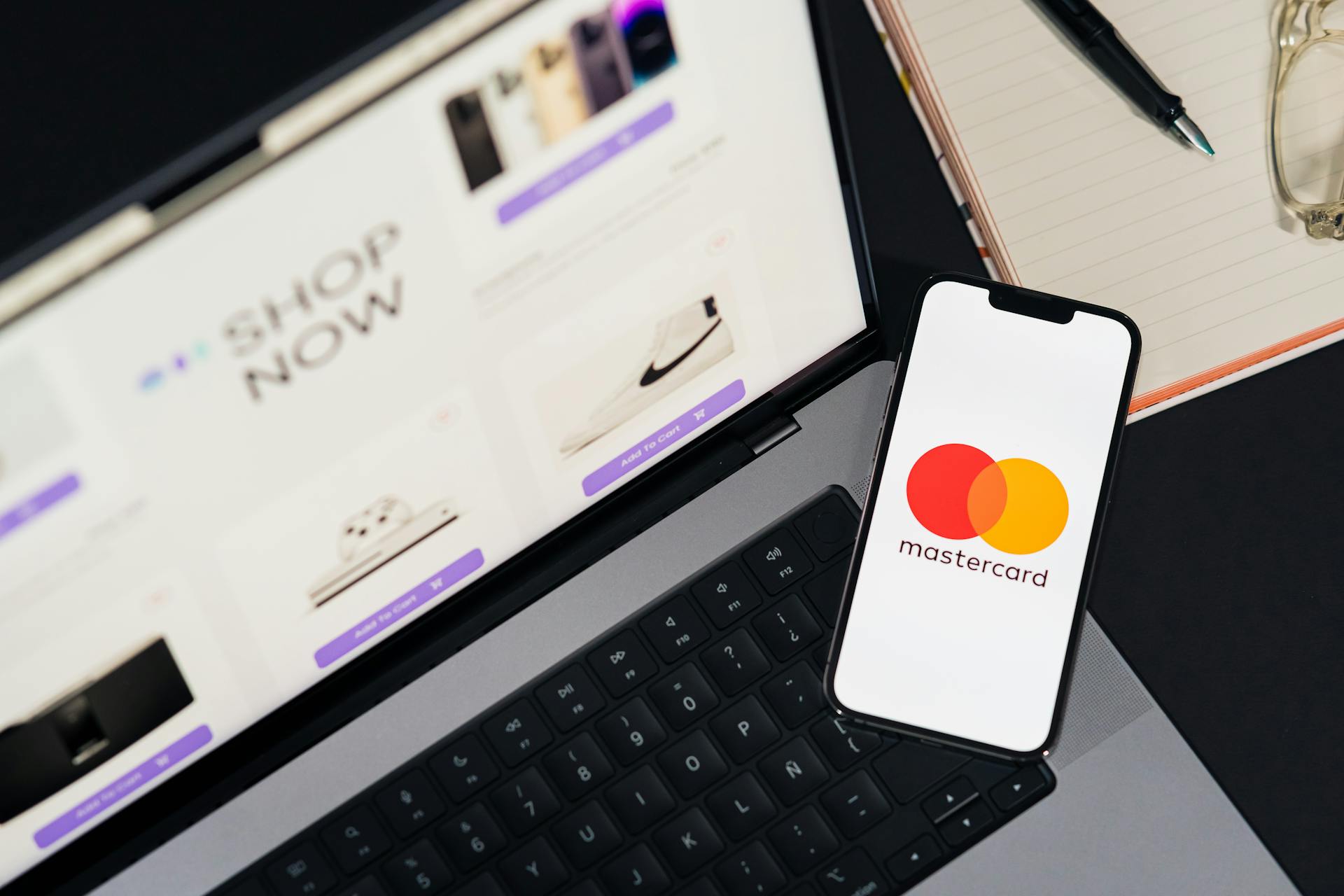
To ensure the security of your digital wallet, it's essential to implement several security measures. Implement two-factor authentication, which requires users to enter a second form of authentication, such as a code sent to their phone, before accessing their account. Use biometric authentication, such as fingerprint or facial recognition, to add an extra layer of security.
Here are some common security measures to consider:
- Two-factor authentication: requires users to enter a second form of authentication, such as a code sent to their phone, before accessing their account.
- Biometric authentication: uses fingerprint or facial recognition to add an extra layer of security.
- End-to-end encryption: ensures that the data transmitted between the user and the wallet is secure and cannot be intercepted by a third party.
- Tokenization: stores users' data on cloud and uses data encryption to secure e-wallet payments.
By implementing these security measures, you can protect your digital wallet and prevent fraud.
Are Safe?
Digital wallets can actually be safer than a physical debit or credit card. They reside on your password-protected device, which may rely on facial recognition security features to keep all of your data secure.
The e-wallet relies on advanced encryption to prevent your payment information from leaving your smartphone. This means your actual card number isn't transmitted when making a payment.
Many e-wallets have additional security features, such as two-factor authentication for certain types of transfers and transactions. This adds an extra layer of protection to keep your information safe.
If your device is lost or stolen, you don't need to replace your credit cards. You'll just need to disable your device to prevent unauthorized users from gaining access to your wallet.
For your interest: What Is an E Wallet
Security

Digital wallets can offer enhanced security features, such as encryption and two-factor authentication, which can protect users' sensitive financial information from theft and fraud.
Implementing security measures is crucial for fintech apps, and digital wallets are no exception. You'll need to implement several security measures to protect user data and prevent fraud, such as two-factor authentication and biometric authentication.
Two-factor authentication requires users to enter a second form of authentication, such as a code sent to their phone, before accessing their account. This adds an extra layer of security to prevent unauthorized access.
Biometric authentication, such as fingerprint or facial recognition, can also be used to secure digital wallets. However, it's worth noting that Face ID on Android doesn't provide full security and is easy to hack, so fingerprint authentication is recommended.
Digital wallets can actually be safer than a physical debit or credit card. The wallet itself resides on your password-protected device, which may rely on facial recognition security features to keep all of your data secure.
See what others are reading: Digital Wallet Fraud
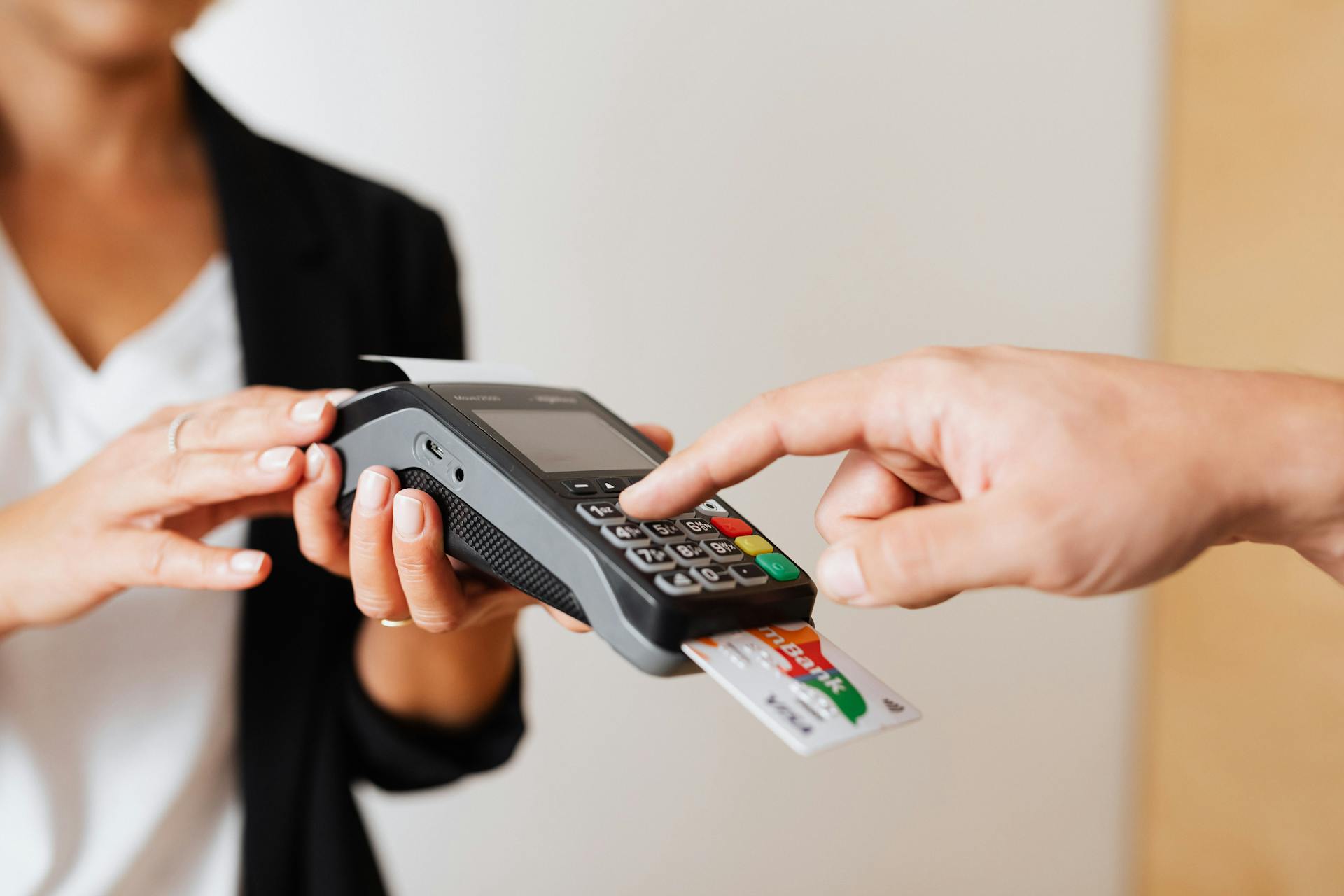
Encryption is a key security feature in digital wallets. It ensures that the data transmitted between the user and the wallet is secure and cannot be intercepted by a third party. There are different types of encryption, including end-to-end encryption and point-to-point encryption (P2PE).
Here are some common security features used in digital wallets:
- Two-factor authentication
- Biometric authentication (fingerprint or facial recognition)
- End-to-end encryption
- Point-to-point encryption (P2PE)
- Tokenization
Tokenization is a method of securing e-wallet payments using data encryption and storing users' data on cloud. It uses a token, a combination of symbols that don't contain financial info and are useless for fraudsters.
Implementing transaction limits can also help prevent users from transferring too much money at once or too frequently, which can limit the damage caused by a security breach.
See what others are reading: Digital Wallet Data Cloud
Different Compliance Regulations
Money and finance are strictly regulated by the central bank. Most digital payment apps must comply with AML, GLBA, and JOBS Act in the US. These regulations are in place to ensure the security and integrity of financial transactions.
The tricky thing is that legal regulations vary from country to country, and sometimes even from state to state. This means you need to get familiar with the current norms and regulations in your target country.
In the US, digital payment apps must comply with AML, GLBA, and JOBS Act. In Europe, they must comply with GDPR and PSD2 SCA. This highlights the importance of choosing a fintech app development partner with previous experience in the fintech domain.
Real-Time Consumer Data
Having access to real-time consumer data is a game-changer for businesses. Digital wallets make it possible to analyze consumer trends and spending habits, allowing you to adjust your inventory and budget accordingly.
Every payment made with a digital wallet is immediate and automatically stored, providing a clear picture of consumer behavior. This information can be used to inform marketing strategies and improve customer service.
Real-time consumer data can also help you identify patterns and anomalies in consumer spending, enabling you to make data-driven decisions.
Age Requirements
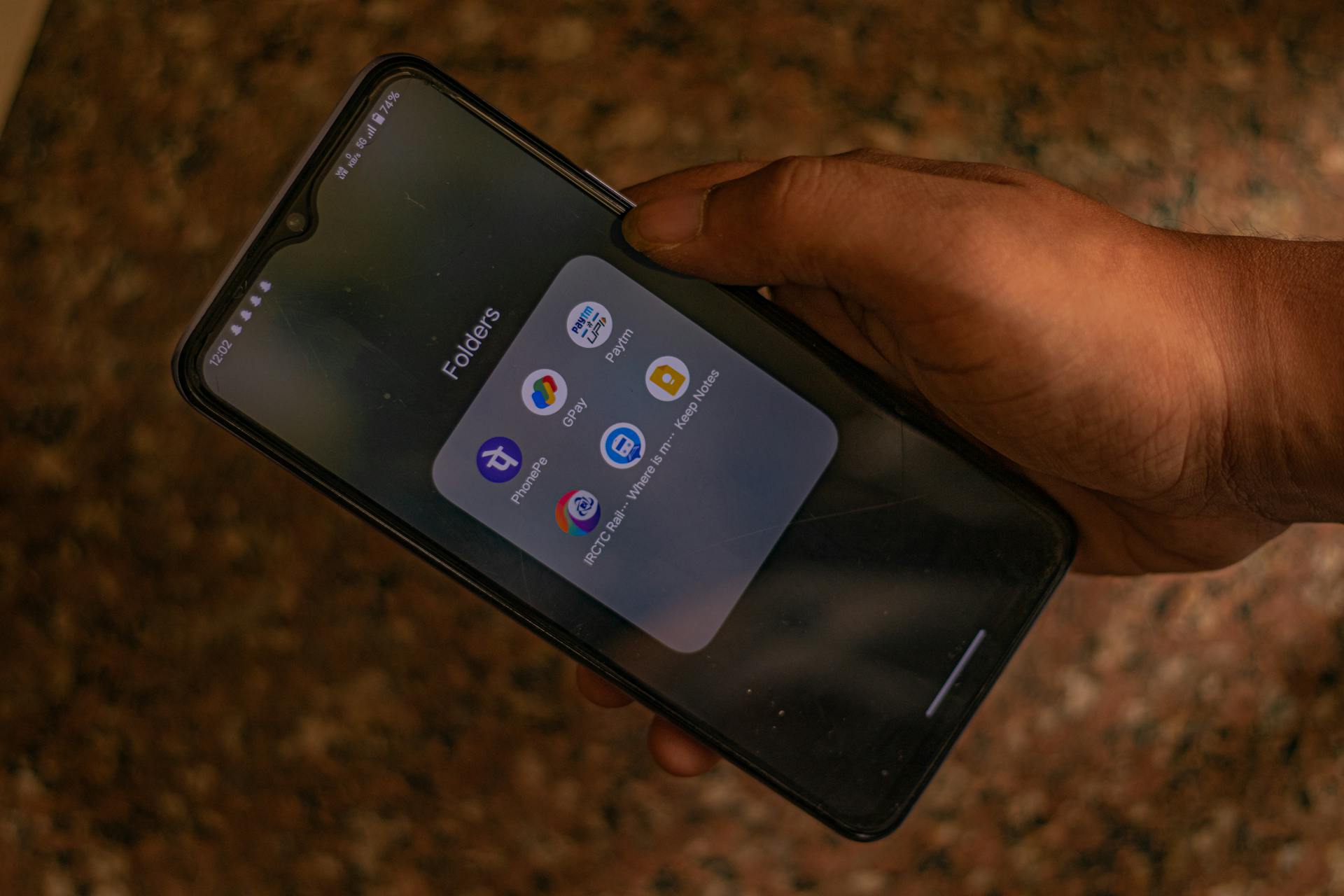
Age Requirements are in place to ensure digital wallets are used responsibly. Most digital wallet makers restrict access for young users, typically under 18.
For example, Apple Pay requires users to be at least 18 to open their own account, but offers an alternative called "Apple Cash Family" for children and teens with parental authorization.
Cash App has a similar age restriction, segregating services for users under 18. They can still pay others or receive funds up to $1,000 every 30 days, but other features like borrowing and cross-border payments are only available to those 18 and older.
These age restrictions are in place to prevent minors from overspending or engaging in other financial missteps.
If this caught your attention, see: Instant Transfer to Debit Card Fee Apple Cash
Frequently Asked Questions
What is the easiest digital wallet to use?
For beginners, Cash App is a beginner-friendly digital wallet that offers easy-to-use stock trading features, making it a great starting point. Its user-friendly interface and simple transactions make it an ideal choice for those new to digital wallets.
Are digital wallets free?
Most digital wallets are free to use, with some even coming pre-installed on your smartphone. Check the specific digital wallet you're interested in to confirm its pricing and features.
Sources
- https://www.investopedia.com/how-to-create-a-crypto-wallet-7500574
- https://www.investopedia.com/terms/d/digital-wallet.asp
- https://www.bill.com/learning/digital-wallet
- https://www.uptech.team/blog/how-to-create-digital-wallet
- https://www.needhambank.com/resources/the-ultimate-guide-to-using-a-digital-wallet-apple-pay-samsung-pay-and-android-pay/
Featured Images: pexels.com
